Introduction to Stainless Steel Heated Soak Tanks
Stainless steel heated soak tanks represent a specialized category of cleaning equipment designed for industrial applications. These tanks utilize high temperatures and ultrasonic technology to deliver thorough cleansing of various components. Ideal for sectors requiring meticulous standards of hygiene and cleanliness, these tanks are integral to processes in electronics, automotive manufacturing, and more.
Types and Applications
The versatility of stainless steel ultrasonic cleaners is evident in their range of types and applications. From compact units suitable for delicate jewelry to robust systems for automotive parts, these cleaners are tailored to meet diverse industrial needs. Their applications extend to scientific laboratories, jewelry crafting, and pharmaceutical production, where precision and cleanliness are paramount.
Features and Advantages
A stainless steel soak tank is engineered with features that enhance cleaning efficiency. The ultrasonic technology employed in these tanks is adept at removing contaminants from complex geometries, ensuring a comprehensive clean. The stainless steel construction not only provides durability but also ensures resistance to the harsh chemicals often used in cleaning processes. The heated aspect of these tanks aids in breaking down stubborn residues, offering an advantage over non-heated alternatives.
Materials and Construction
The choice of material in a heated ultrasonic soak tank is crucial for its longevity and effectiveness. Stainless steel is the material of choice due to its corrosion-resistant properties and ability to withstand high temperatures and chemical exposure. This ensures that the tanks can maintain their integrity and performance over extended periods of heavy use.
Choosing the Right Tank
Selecting the appropriate industrial ultrasonic cleaning tank involves considering the specific requirements of the task at hand. Factors such as tank size, frequency range, and heating capabilities must be matched to the items being cleaned. It is essential to assess the nature of the contaminants and the complexity of the items to determine the most suitable tank configuration.
Environmental and Efficiency Considerations
Modern ultrasonic cleaning tanks are designed with environmental and efficiency considerations in mind. They aim to reduce water and chemical usage while still achieving high standards of cleanliness. The efficiency of these tanks not only contributes to a lower environmental footprint but also to reduced operational costs for businesses.




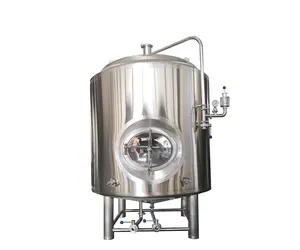








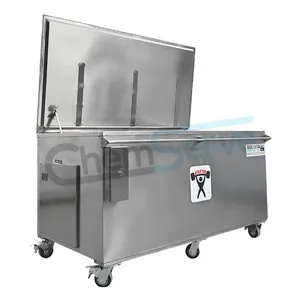
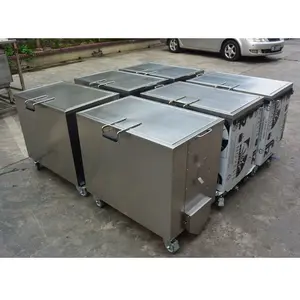
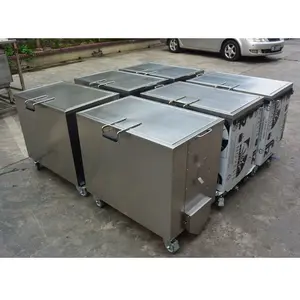


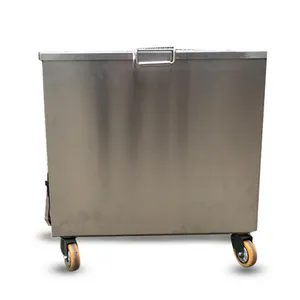



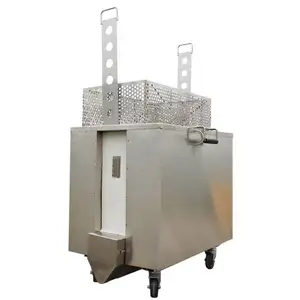


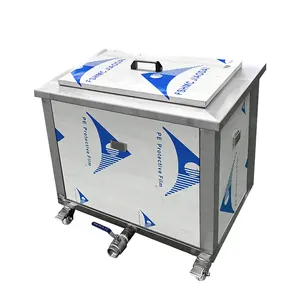


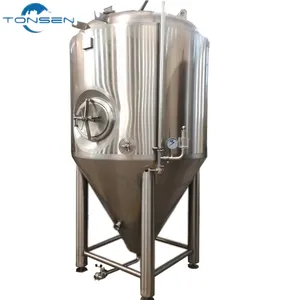


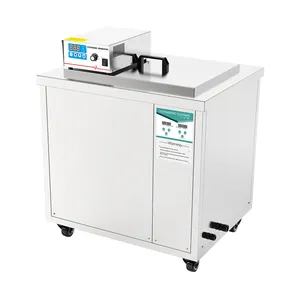






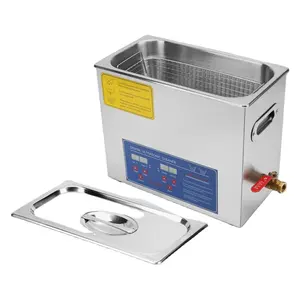

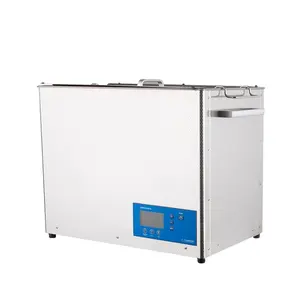




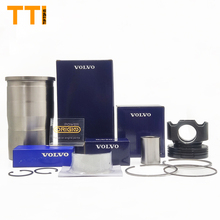


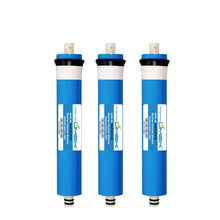


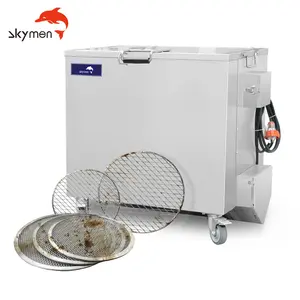
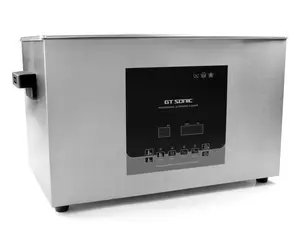
























 浙公网安备 33010002000092号
浙公网安备 33010002000092号 浙B2-20120091-4
浙B2-20120091-4